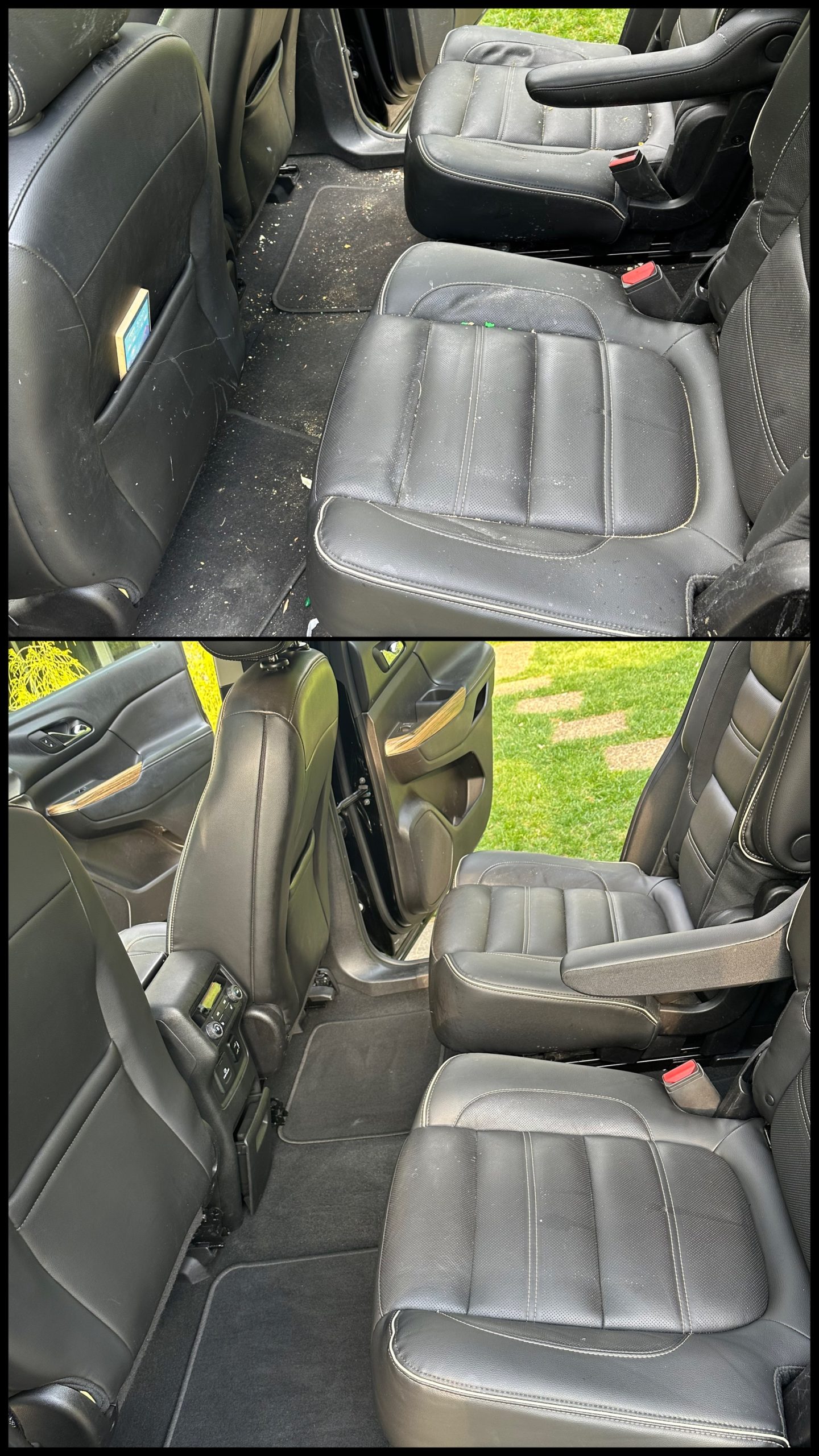Introduction:
Winter brings along its own set of challenges for vehicle owners, particularly when it comes to dealing with snow. Leaving snow on your vehicle for an extended period can have detrimental effects on the exterior as well as on the overall performance. In this blog post, we will explore the consequences of leaving snow on your vehicle for a week, the differences between a car wash and professional detailing in winter, and the ideal time to get your car detailed after a snowstorm. Understanding these factors is crucial for maintaining your vehicle’s appearance, functionality, and longevity.
1. The Effects of Leaving Snow on Your Vehicle: A Week-long Encounter
When snow accumulates on your vehicle and remains there for an extended period, it can lead to various issues. These include:
a) Paint Damage: The weight of snow and the fluctuations in temperature can cause paint chips, scratches, or even micro-cracks. Additionally, snow can trap moisture against the car’s surface, promoting rust formation.
b) Visibility Challenges: Accumulated snow can obstruct visibility by covering windows, mirrors, and lights. This poses a serious safety hazard for both the driver and others on the road.
c) Mechanical Risks: Snow piling up underneath your vehicle may freeze and interfere with the wheels, brakes, and suspension system, affecting overall performance and safety.

2. Car Wash vs. Professional Detailing in Winter: Understanding the Differences
While car washes can be convenient, they often fall short when it comes to thoroughly addressing winter-related concerns. Here’s what sets professional detailing apart:
a) Specialized Equipment: Professional detailers have access to advanced equipment designed to effectively remove snow, ice, and road salt from every nook and cranny, including hard-to-reach areas. This equipment ensures a more thorough cleaning and protects your vehicle from potential damage.
b) Expertise and Techniques: Detailers possess the knowledge and expertise to employ specialized techniques that address winter-specific concerns like paint protection, rust prevention, and undercarriage cleaning. They use high-quality products that are formulated to combat the harsh effects of winter elements.

3. The Ideal Time for Winter Detailing after a Snowstorm
To leverage the benefits of winter detailing effectively, it is essential to plan your appointment strategically. Ideally, you should schedule professional detailing soon after a snowstorm, considering the following factors:
a) Temperature: Ensure the temperature rises above freezing, allowing the snow to melt naturally before your vehicle undergoes detailing. This prevents water from freezing during the process and causing damage.
b) Road Conditions: Wait until road crews have adequately cleared the streets as salt, sand, and other debris can accumulate on your car during your drive, potentially damaging the fresh detailing work.
c) Preemptive Measures: Applying a wax or sealant before the storm can provide a protective barrier against the damaging effects of snow, salt, and cold temperatures, making detailing easier and more effective.
Conclusion:
Leaving snow on your vehicle for an extended period can have severe consequences for its appearance and performance. Understanding the effects of snow accumulation, the differences between a car wash and professional detailing in winter, and the ideal timing for winter detailing allows you to adequately protect your investment. By choosing professional detailing services, you not only enhance the visual appeal of your vehicle but also ensure its longevity, reliability, and safety in cold weather conditions. Remember, prevention is key, and investing in winter detailing is a proactive measure towards safeguarding your vehicle from winter’s harsh elements.



